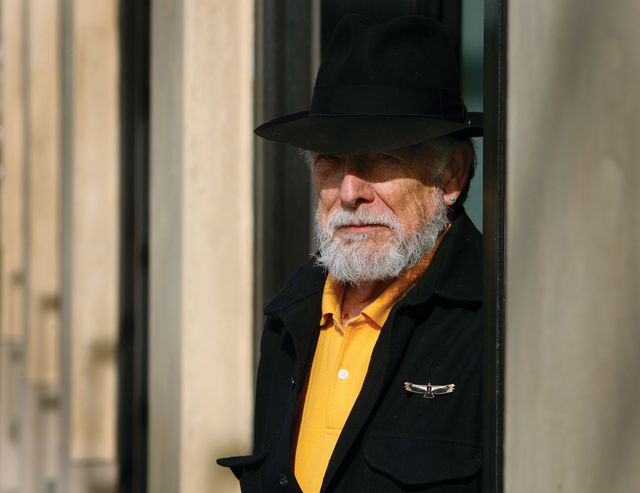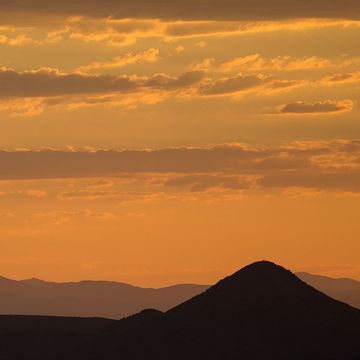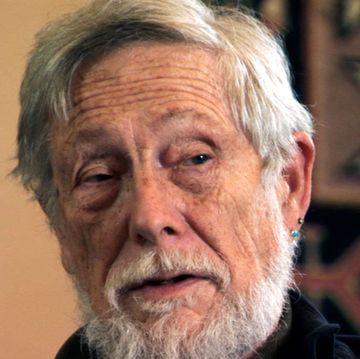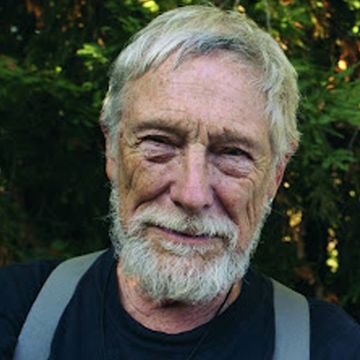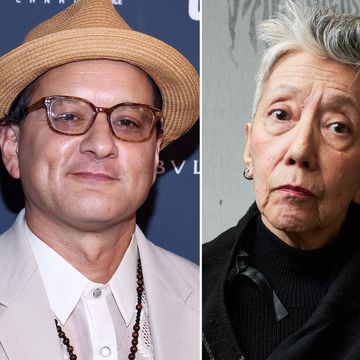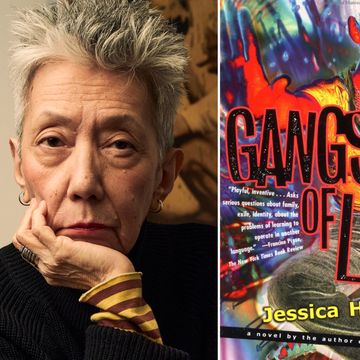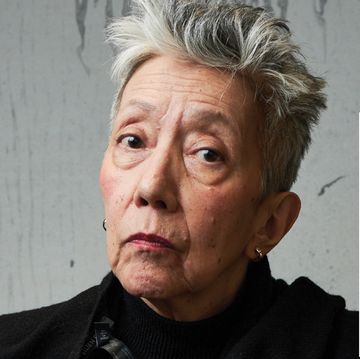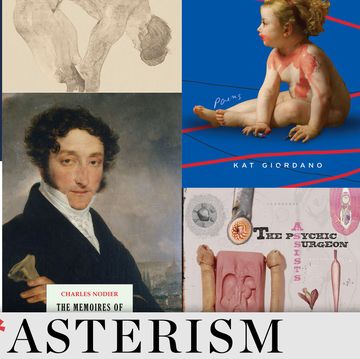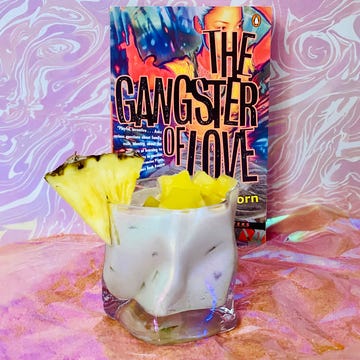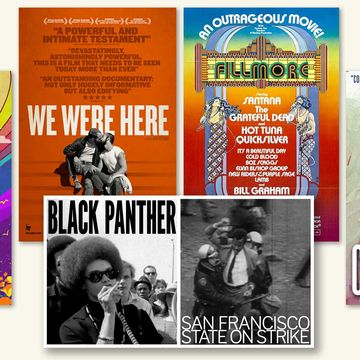Life is not just a diurnal property of large interesting vertebrates; it is also nocturnal, anaerobic, cannibalistic, microscopic, digestive, fermentative: cooking away in the warm dark.
—Gary Snyder, The Practice of the Wild
The most difficult question of all is, what is the nature of art in relationship to the wild? It’s interesting and complicated. But what you have to go after is, what is it that is not wild? And start at that end.
People often think of art as being the most highly cultured, the most disciplined, the most organized of human productions, but at the same time that it requires a lot of training, it doesn’t happen unless you let the wild in.
I’m reminded of what Robert Duncan said: “To be poetry it has to have both music and magic.” And magic is the entry of the wild.
Turn off the calculating mind!
This article appears in Issue 27 of Alta Journal.
SUBSCRIBE
The little series of poems that I wrote with the title “How Poetry Comes to Me,” I wrote them thinking about the ways that I perceive poetry as being there, or being accessible, and one particular poem, I think, was “It stays frightened outside the circle of our campfire. I go to meet it at the edge of the light.”
That came to me, actually, camping one night in the Northern Sierra. It happened the night that I went up that peak on the boundary line—the Matterhorn.
I started getting my woods training when I was only six or seven years old, and I was going into the thickets and finding ways through the swamps in Washington, and then finding my own campsites, and fixing them up a little bit, and then I would go back to it in order to learn to see where I was and to get around.
That is like enlightenment.
I was hiking in the Sierra high country on scree and talus fields one time, you know, looking at my feet. And I noticed then every rock was different—no two little rocks the same. Maybe there is no identity in the whole universe. No two things are actually totally alike.
Nature is what we are in. Then “the wild” really refers to process—a process that has been going on for eons or however long. And finally, “wilderness” is simply topos—it is areas where the process is dominant. So one of the terms I find myself using more now is the term “working landscapes,” to be distinguished from the idea of totally pristine wilderness landscapes. And that’s what we have here along the California coast—a lot of working landscapes. The wild works on all scales.
The point is, “nature” always happens in a place, and generally, what you see and learn, you do so in a small place. You learn the mushroom, you learn the flower, you learn a bird, a slope, a canyon, a gulch, a grove of trees—as place. And we all live in a place. So why not look around and see where you are?
I have a falconer friend who catches and releases different kinds of raptors. He released a young male goshawk about three years ago, and after a little bit of training the hawk settled into the territory, which is a pine forest. And every morning, when he goes for a walk, the goshawk comes out and flies above him.
Fooling around has great survival value, really. Evolution’s fueled by fooling around. So don’t call all of it intelligent design—some of it’s goofy design.
So how do we put that into a poem?•
This essay is adapted from The Etiquette of Freedom: Gary Snyder, Jim Harrison, and the Practice of the Wild, edited by Paul Ebenkamp (Counterpoint Press, 2010).
Gary Snyder is a Pulitzer Prize–winning poet and a California native. He has published numerous books of poetry and prose, including Danger on Peaks (Counterpoint Press, 2005); The Gary Snyder Reader (1952-1998) (1999); Mountains and Rivers Without End (1997); No Nature: New and Selected Poems (1993), which was a finalist for the National Book Award; The Practice of the Wild (1990); Left Out in the Rain, New Poems 1947-1985; Axe Handles (1983), for which he received an American Book Award; Turtle Island (1974), which won the Pulitzer Prize for poetry; Regarding Wave (1970); and Myths & Texts (1960). Snyder has received an American Academy of Arts and Letters award, the Bollingen Prize, a Guggenheim Foundation fellowship, the Bess Hokin Prize and the Levinson Prize from Poetry, the Robert Kirsch Lifetime Achievement Award from the Los Angeles Times, the Ruth Lilly Poetry Prize, and the Shelley Memorial Award. Snyder was elected a Chancellor of the Academy of American Poets in 2003. He was the recipient of the 2012 Wallace Stevens Award for lifetime achievement by the Academy of American Poets.
